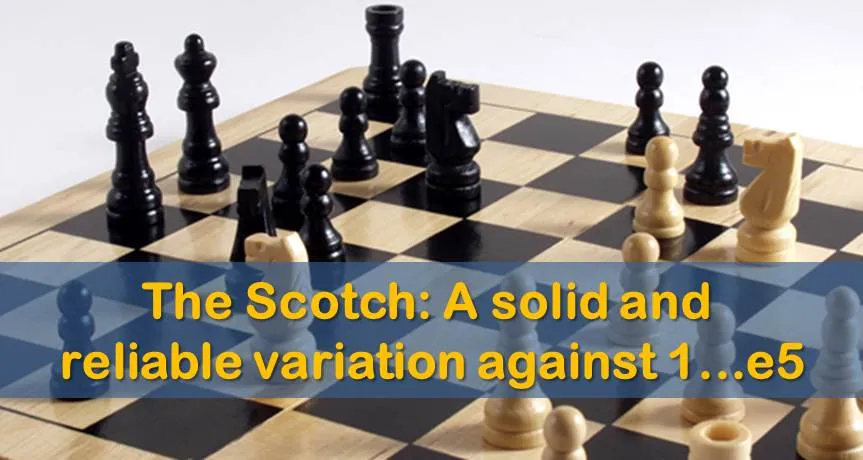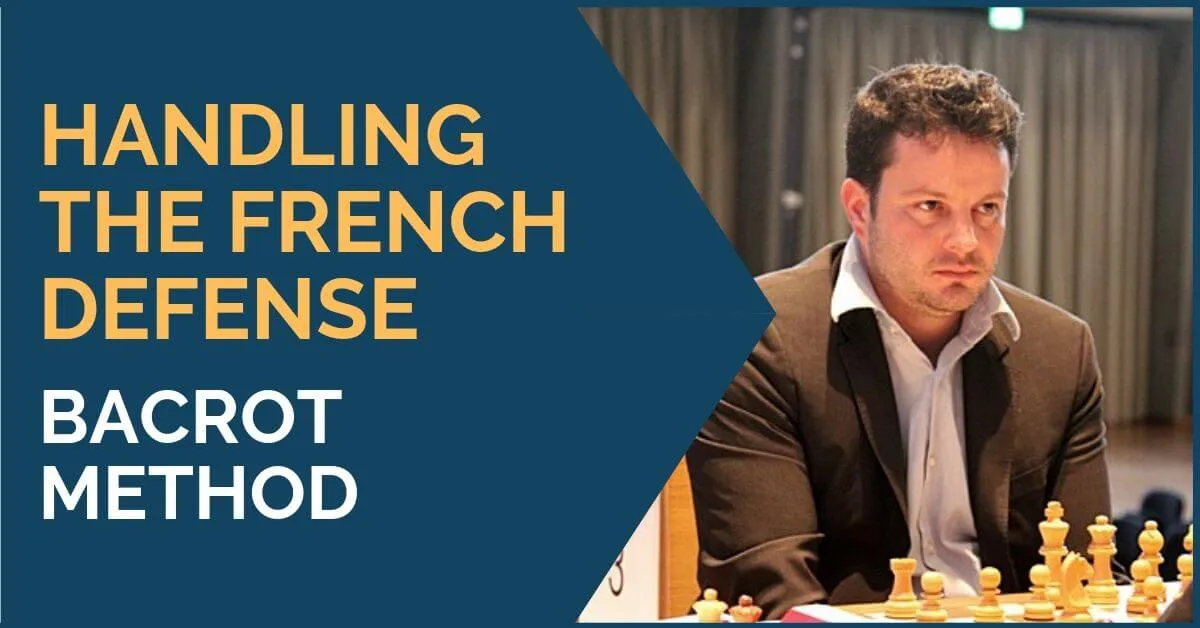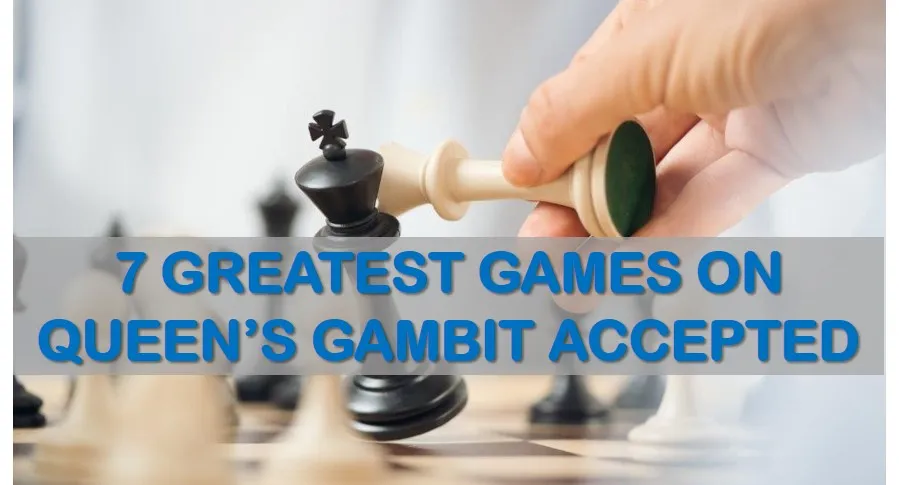The Scotch: A solid and reliable variation against 1…e5

The Scotch: Opening theory is like clothes fashion. People play whatever is played the most, what the leading experts play whether they have an original feeling for it or not, like following the latest trend dictated by a fashion supermodel.
There is nothing wrong with this, it’s nothing new either. However, sometimes we forget that there is life outside the mainstream openings without going into the darkness of dubious choices.
The Scotch – Part 1
The Ruy Lopez has won the status of mainline against 1…e5 and this is something that doesn’t look like it’s going to change, but it’s not the only decent choice for white. In this article, we are going to draw your attention to the Scotch Variation as a solid and reliable alternative against 1…e5. Our intention is not to promise you any opening advantage; we don’t believe that’s possible with any opening.
However, more than just a few Grand Masters have lately found that the play is very lively and there are real possibilities of outplaying your opponent. We must add that if this comes as a surprise weapon it is even more effective.
Ready to start systematic training that actually works?
Click here to start your training using the day-by-day program.
The reputation of this variation has always been that black equalizes effortlessly. While there is some truth in this, the question is “So what”? That is exactly where the game begins. There are a few positive points to consider taking the Scotch seriously:
- It’s not mainline – People don’t have it as well studied as others like the Ruy Lopez, or the Italian.
- Lack of forced theory – There is plenty of room for innovation and positions admit different approaches.
- Positional imbalance – In this line, black usually ends up with hanging pawns in the center. His pawn structure is a bit weak although he has some activity to compensate for this.
Part 2
- Lack of risk for white – It’s always comfortable when you’re trying to outplay your opponent without taking a great risk. If your opponent plays the good moves, the game will still be about equal, if he doesn’t then you have an edge. But there the typical middlegames that arise from this variation don’t demand risky/combinative play from white.
- Last but not least, we would like to mention the endgame factor. This is an opening that often leads to unbalanced endings where all three results are possible. A player who is comfortable playing endgames with rooks + minor pieces will certainly feel in his element with this opening choice.
Although the elite players don’t employ the Scotch in classical games, it was seen a lot during the last World Rapid Championship in Berlin – Svidler, Karjakin, Morozevich, Kryvoruchko, and many others. At 2600 level we can find several adepts of this opening, such as GMs Kravtsiv, Jones, and Hovhannisyan, just to name a few.
Let’s have a look now at some recent games by strong players who used the Scotch:
Example 1: This is a very nice game played by one of the leading experts in this variation as white against the strong GM Sergey Zhigalko. We can see here the typical middlegame plan of trading the dark-squared bishops followed by Ne2-f4. This is a common idea in this variation.
Example 2: Sometimes black refrains from playing with d7-d5. Here the game is a bit less forced and both sides have plenty of possibilities. In the game, Jones-Erdos white developed a strong initiative and went on to win.
The Scotch – Part 3
Example 3: This is one of the top games in this variation and one that showed that things were not so easy for black in this line. This was true even for the former world champion Vishy Anand who couldn’t fully equalize as black and lost against Wang Hao in Wijk Ann Zee 2013.
We also recommend reviewing the Top 3 Chess Tournament Mistakes to Avoid.
We hope we have drawn your interest in this little variation and you will give it a try in your tournament games. As you can see, the positions are quite interesting and there are many ideas yet to be found.
If you want to improve your chess level, you need to have a clear study plan. If you aim for a dramatic improvement at chess you need to work on all of the elements of the game in a systematic way:
- tactics
- positional play
- attacking skills
- endgame technique
- classical games analysis
- psychological preparation
- and much more
That seems to be like a lot of things, and that is. But no worries, we have made it easy for you. Our comprehensive training course covers it all and much more. Sign up for 21 Day Training right now!
Ready to start winning games? Check out our store and articles:










Comments: